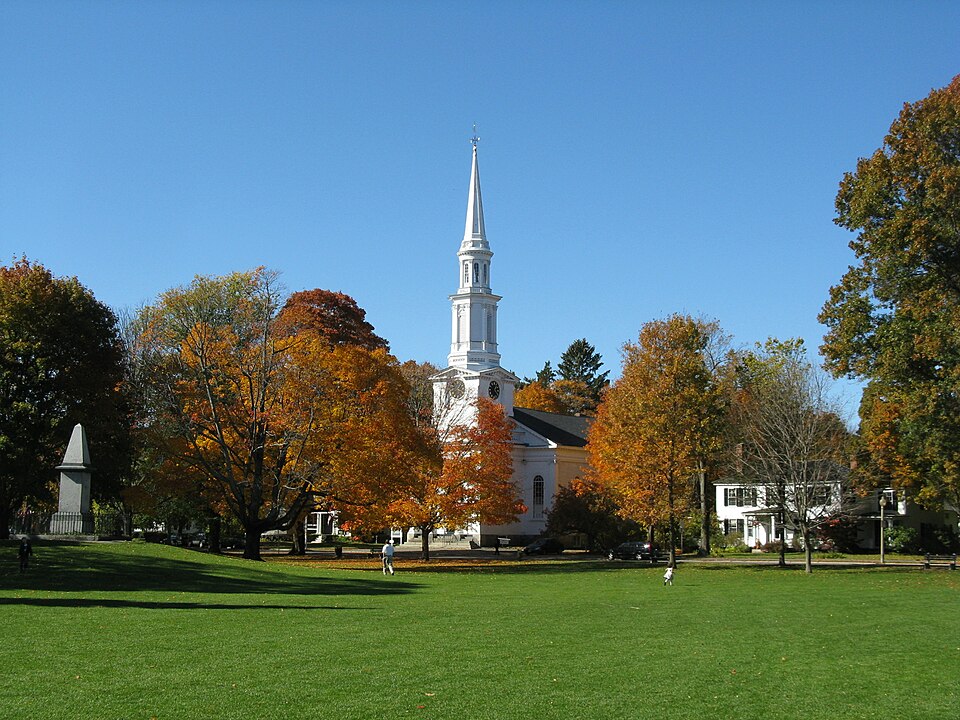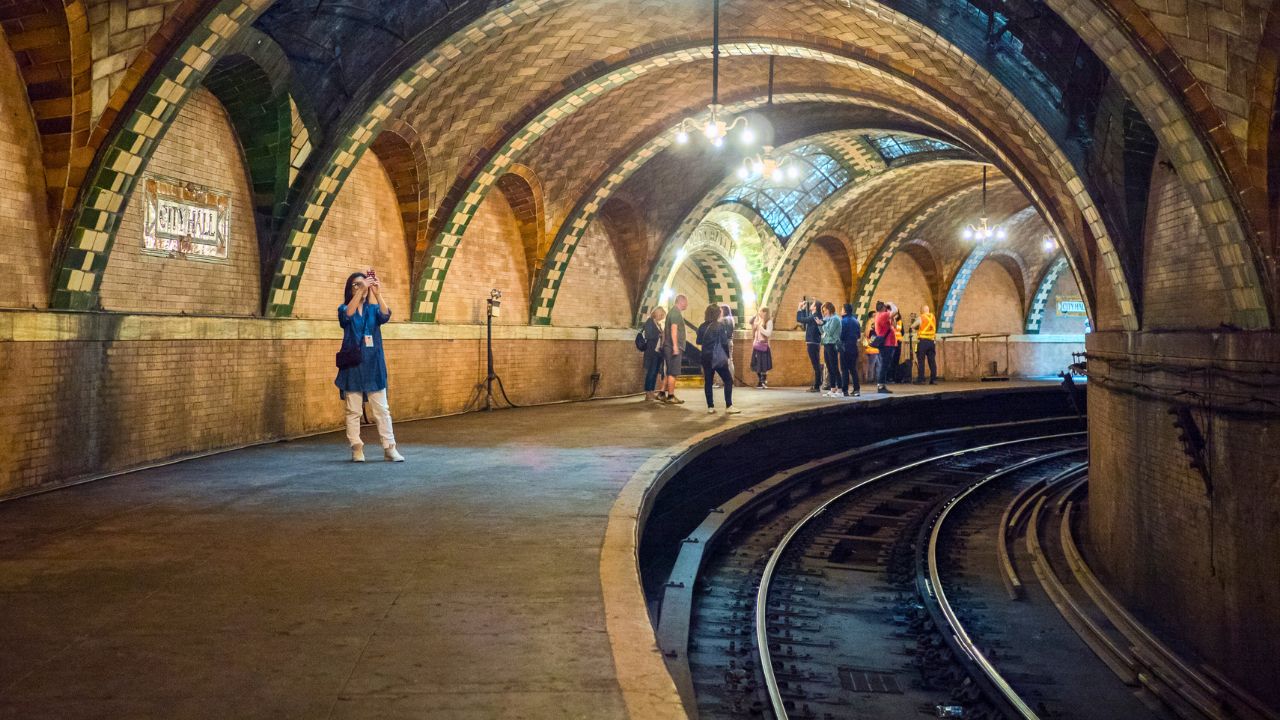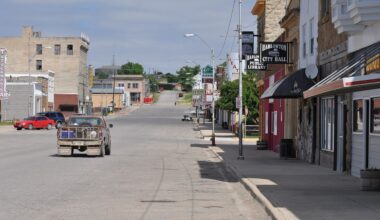Across the country, quiet main streets and courthouse squares have carried decisions that reshaped the nation far beyond their zip codes. In these places, farmers, factory workers, pastors, lawyers, and shopkeepers found themselves at the center of arguments over liberty, faith, war, science, and equality. Their stories push past the usual big city shorthand and show how power often gathers in modest rooms and borrowed halls. To understand how the country actually changed, it helps to start where it felt smaller and sharper.
Lexington And Concord, Massachusetts
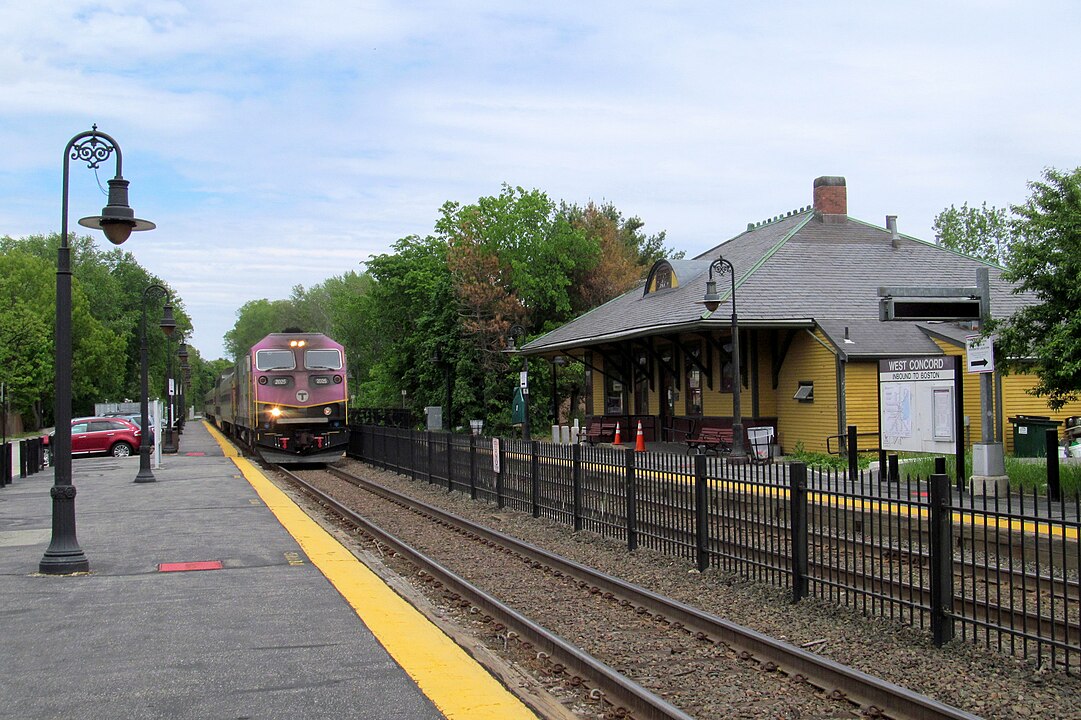
Lexington and Concord were modest farming communities until April 19, 1775, when local militias met advancing British troops at dawn. Confusion, fear, and scattered shots on village greens turned a tense standoff into open rebellion, chasing redcoats back toward Boston along stone walled roads. The confrontations proved colonists would fire, bleed, and improvise outside formal battlefields. A revolution that would be remembered in grand phrases began with neighbors standing their ground on ordinary New England soil.
Seneca Falls, New York

Seneca Falls was a mill and canal town when reformers gathered there in July 1848 for a women’s rights convention few expected to matter. Inside a simple chapel, Elizabeth Cady Stanton and allies introduced the Declaration of Sentiments, tying demands for legal and political equality to the country’s founding language. The vote for suffrage was contentious and narrow, yet it carved a clear path. Decades of organizing, marches, and amendments trace their moral blueprint back to that compact industrial community.
Gettysburg, Pennsylvania
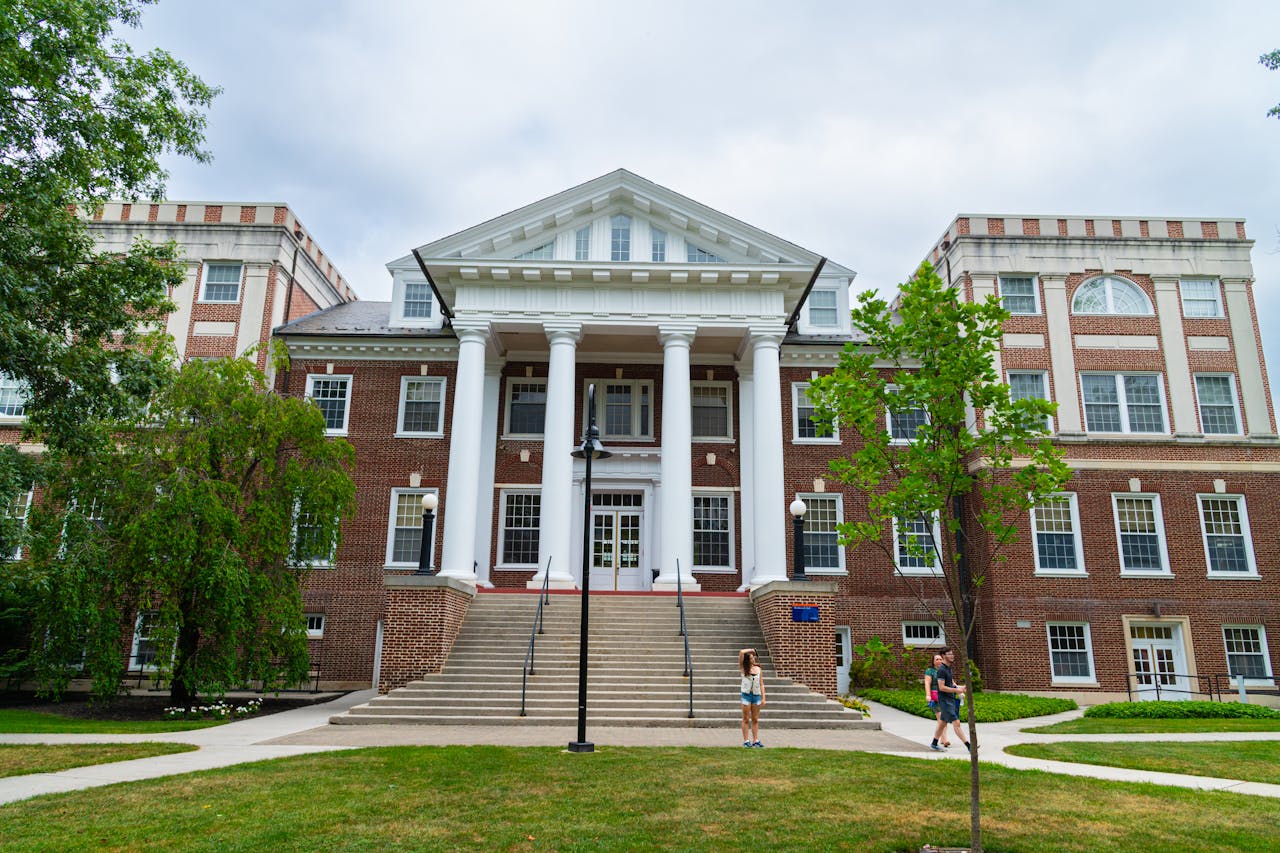
Gettysburg lived quietly as a crossroads of churches, schools, and farms until three days in July 1863 pulled massive Union and Confederate armies into its orchards and ridges. The brutal fighting halted Lee’s northern advance and marked a turning point in the Civil War’s momentum. Months later, Lincoln’s brief address at the new soldiers’ cemetery reframed the conflict around national rebirth and equality. A market town’s surrounding fields became a permanent shorthand for sacrifice, memory, and unfinished promises.
Harpers Ferry, West Virginia
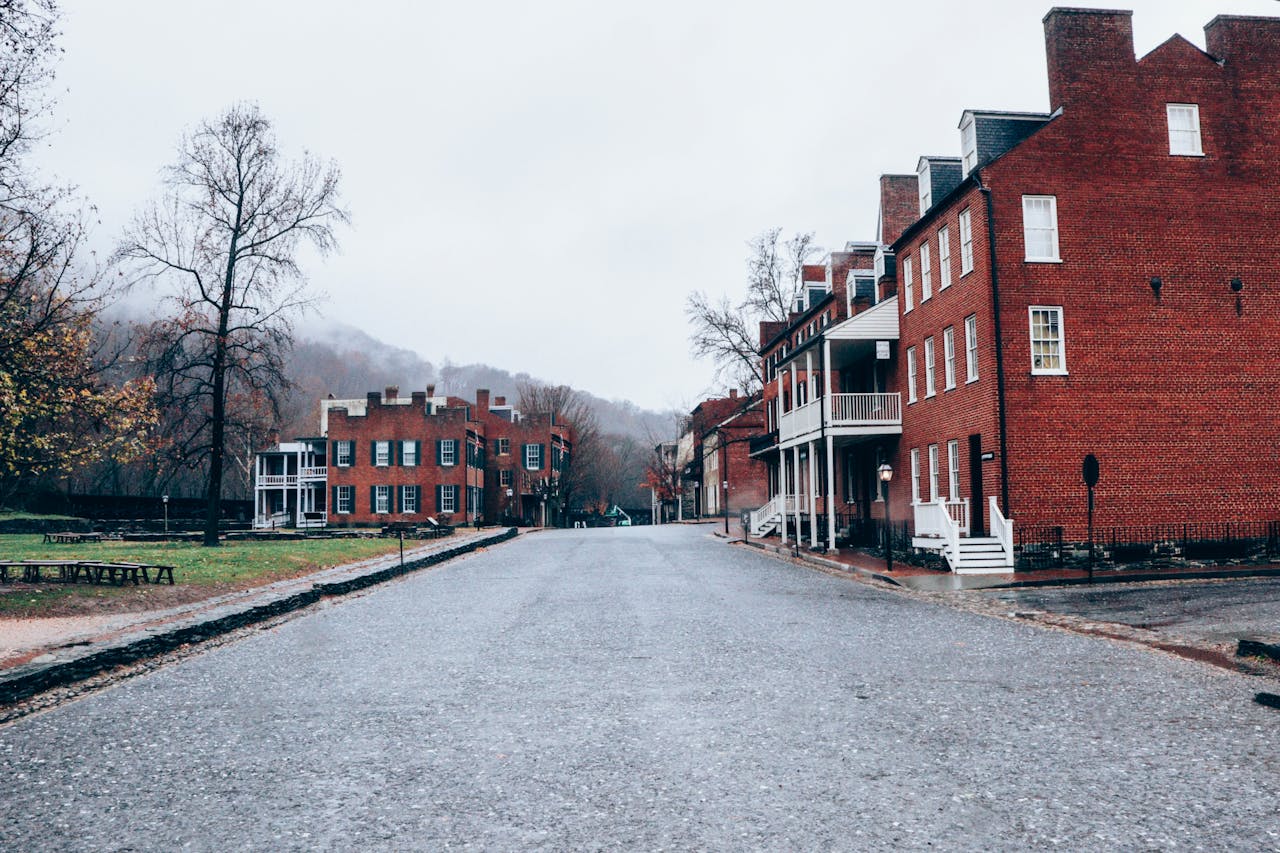
Harpers Ferry, wedged between steep hills and two rivers, functioned as a federal armory and transportation hub before 1859. John Brown’s raid seized that armory in a desperate bid to ignite a slave uprising, ending in blood, capture, and a trial that transfixed the nation. Newspapers, pulpits, and politicians seized on the events as proof that compromise had cracked. The town’s narrow streets and bridges briefly became a stage on which the country rehearsed the coming war.
Appomattox Court House, Virginia
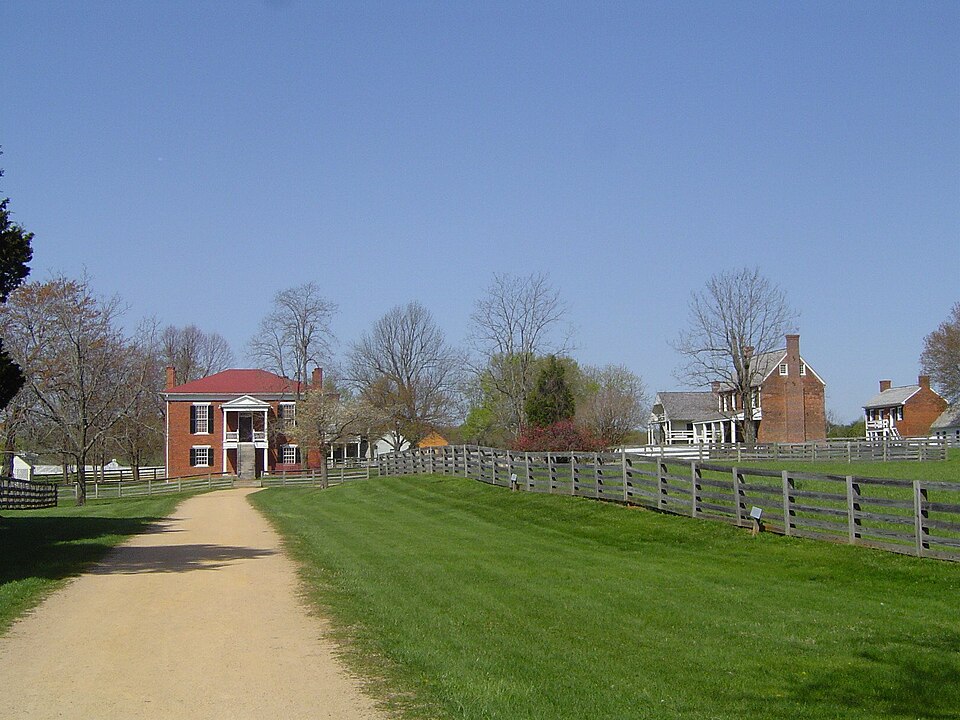
Appomattox Court House was a small village crossroads surrounded by red clay fields when April 9, 1865, turned it into a national threshold. Robert E. Lee’s surrender to Ulysses S. Grant inside the McLean house signaled the collapse of major Confederate resistance. Grant’s measured terms, focused on parole and return home, framed how reconciliation might look without mass reprisals. In that unassuming setting, soldiers stacked arms, and a path, however fragile, opened toward reunion and Reconstruction.
Selma, Alabama
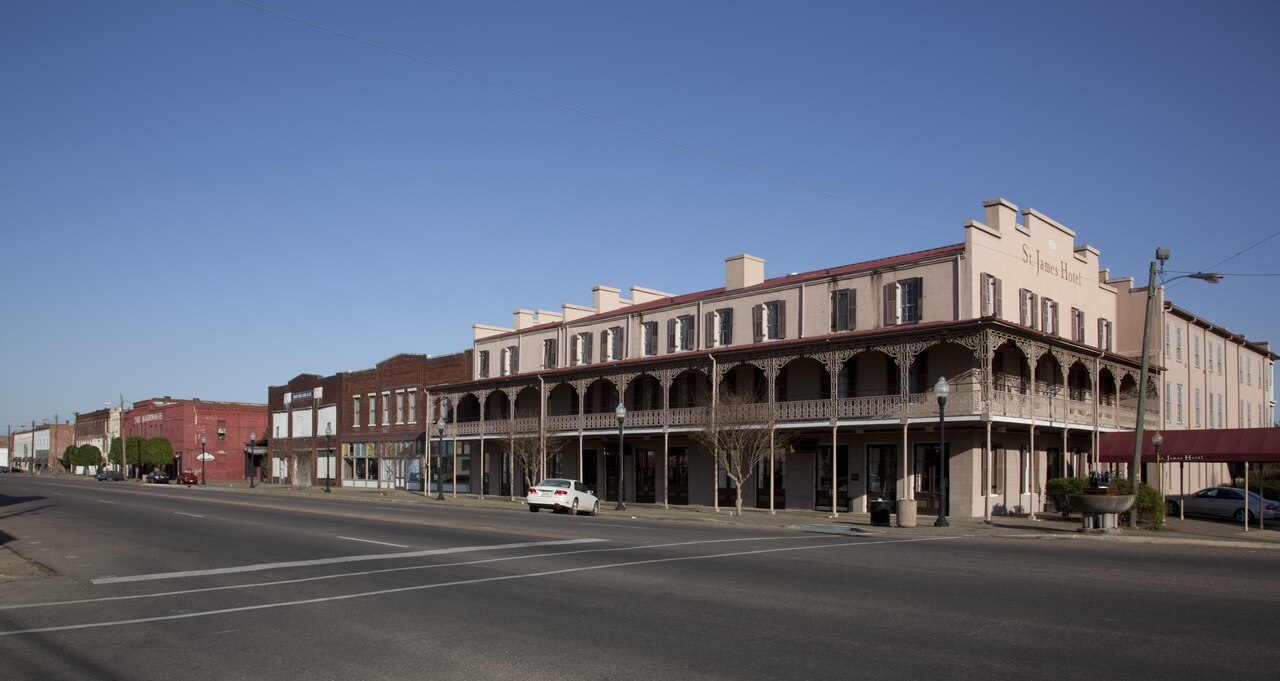
Selma, a compact Black Belt city, carried entrenched voter suppression long before cameras arrived. In early 1965, local Black organizers and allies pushed for registration, confronting violence that climaxed on the Edmund Pettus Bridge. Images of troopers attacking peaceful marchers stunned national audiences and stripped away excuses. The subsequent marches to Montgomery and rapid passage of the Voting Rights Act showed how one small city forced federal power to confront the daily mechanics of Jim Crow.
Los Alamos, New Mexico

Los Alamos stood on remote mesas above pine canyons when the federal government transformed it into a hidden laboratory during World War II. Scientists and families lived under secrecy while designing and assembling the first atomic bombs, folding world altering choices into cramped offices and improvised workshops. The isolation sharpened both focus and moral unease. From that cloistered high desert town emerged the weapons that redefined warfare, diplomacy, and existential risk for generations.
Oak Ridge, Tennessee
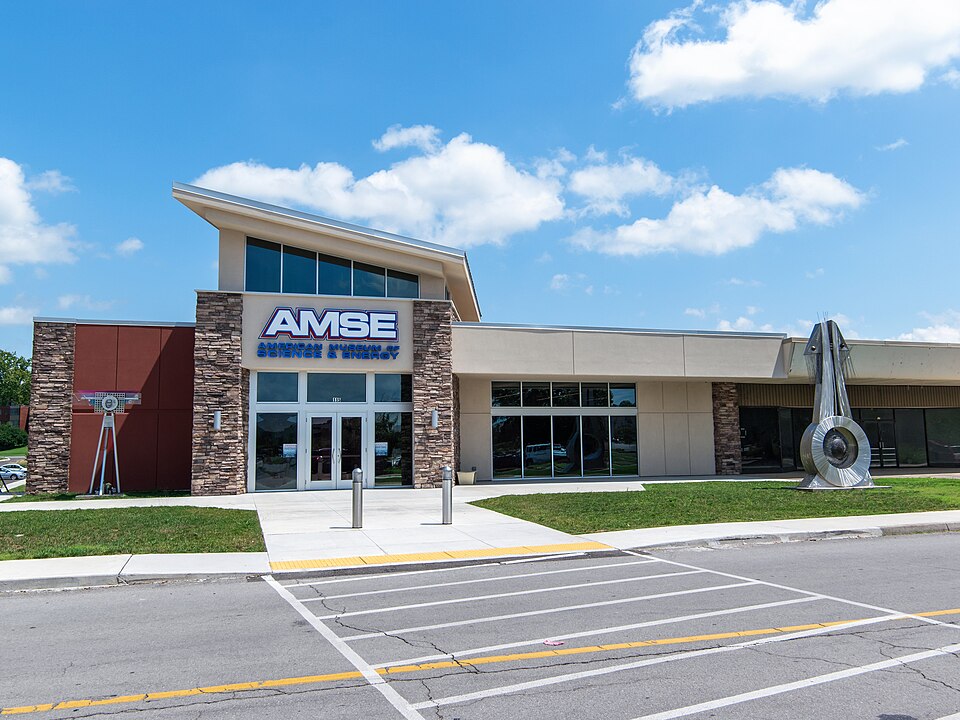
Oak Ridge rose almost overnight in Appalachian valleys as a fenced “secret city” built to enrich uranium for the Manhattan Project. Tens of thousands of workers, many unaware of the full mission, operated reactors and facilities carved into hills and hollows. The town proved how swiftly a federal directive could redirect land, labor, and science. Long after declassification, Oak Ridge’s legacy sits at the crossroads of nuclear energy, environmental cleanup, and the human cost of industrialized secrecy.
Kitty Hawk, North Carolina
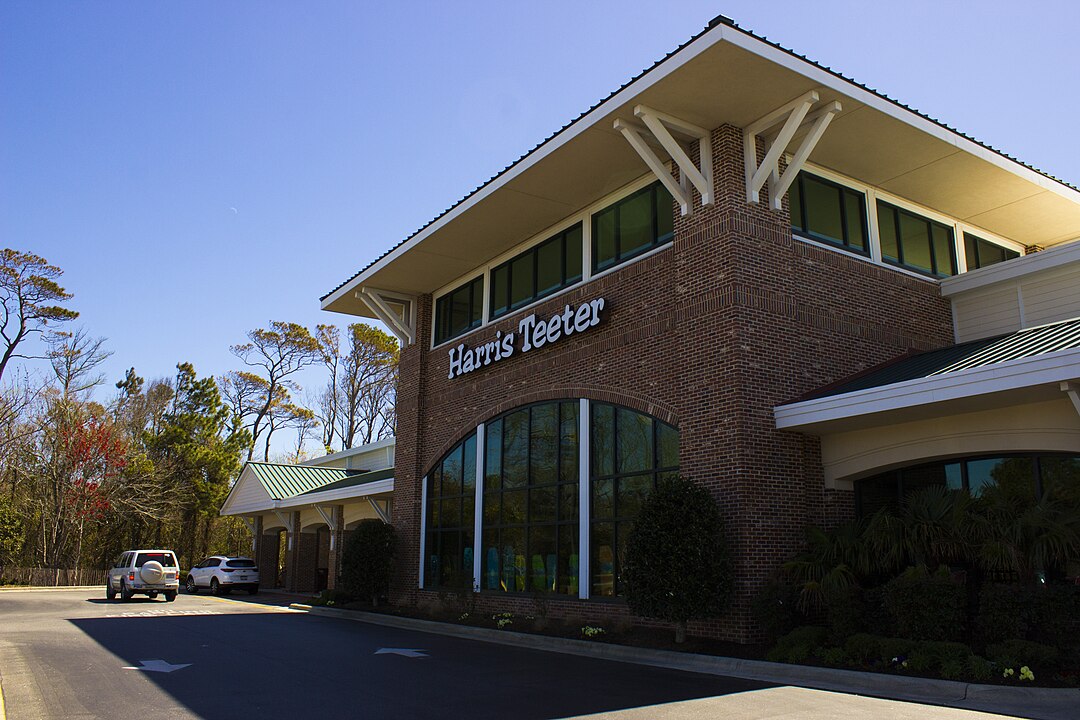
Kitty Hawk and nearby Kill Devil Hills offered steady winds, soft sand, and privacy to two brothers testing fragile gliders. On Dec. 17, 1903, their powered flights were brief and easily missed, yet they solved the core problem of controlled, sustained air travel. The dunes, shacks, and cold Atlantic gusts turned from obscure coastal scenery into proof that motion over sand could scale into a global aviation network. A fishing and lifesaving community quietly hosted a technological pivot.
Dayton, Tennessee

Dayton was a small manufacturing and mining town when civic leaders agreed to host a test case challenging Tennessee’s ban on teaching evolution. The 1925 Scopes Trial turned its courthouse into a stage for clashing visions of science, scripture, and modern identity. Reporters, radio microphones, and celebrity lawyers crowded its streets. Although the verdict changed little directly, Dayton became permanent shorthand for cultural battles over classrooms, authority, and public belief.
Independence, Missouri

Independence began as a frontier river port and soon emerged as a primary jumping off point for the Oregon, Santa Fe, and California Trails. Wagons, traders, and migrants funneled through its outfitting yards, linking the town to westward expansion, Native displacement, and economic reinvention. Later, it became home to Harry S. Truman, anchoring postwar decisions on nuclear policy and global alliances. One community’s square connects pioneer risk and presidential responsibility in a single frame.
Abilene, Kansas
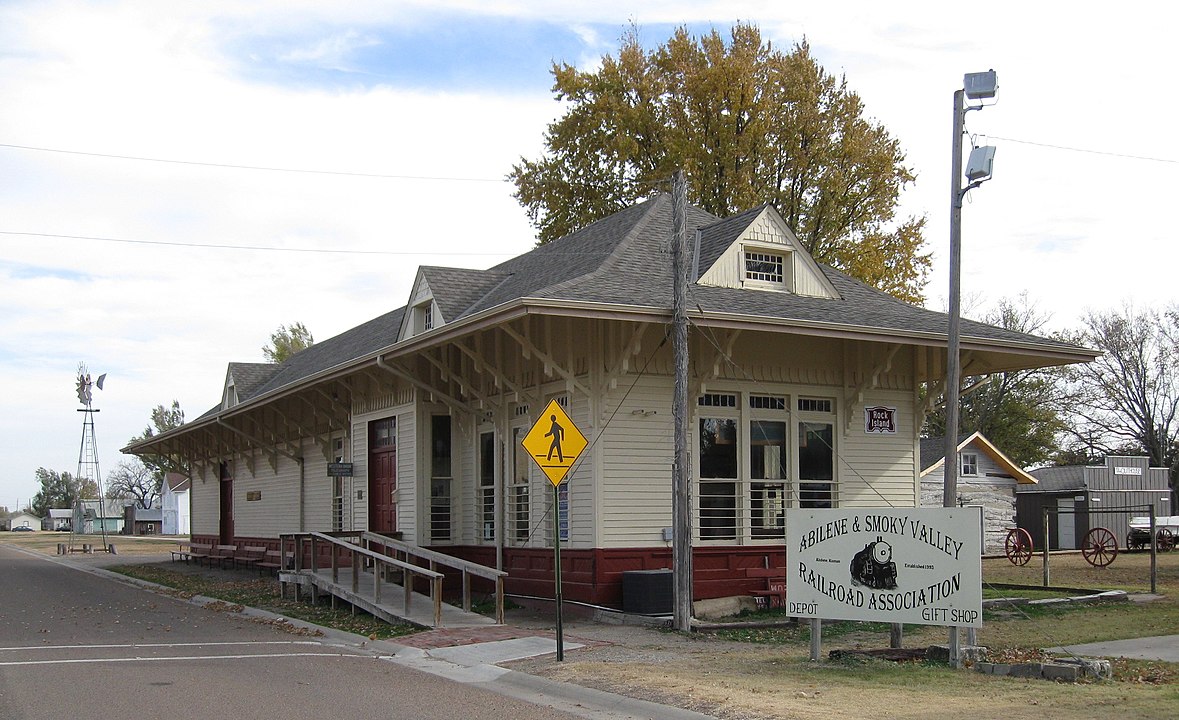
Abilene’s railhead transformed it from quiet prairie to iconic cow town at the end of the Chisholm Trail. Cattle drives, saloons, and early lawmen there helped define both the realities and mythology of the American West. It later gained another layer of influence as Dwight D. Eisenhower’s boyhood home, drawing attention as his library and legacy took shape. Abilene’s tracks, corrals, and neighborhoods bridge stories of open range capitalism and midcentury global leadership.
